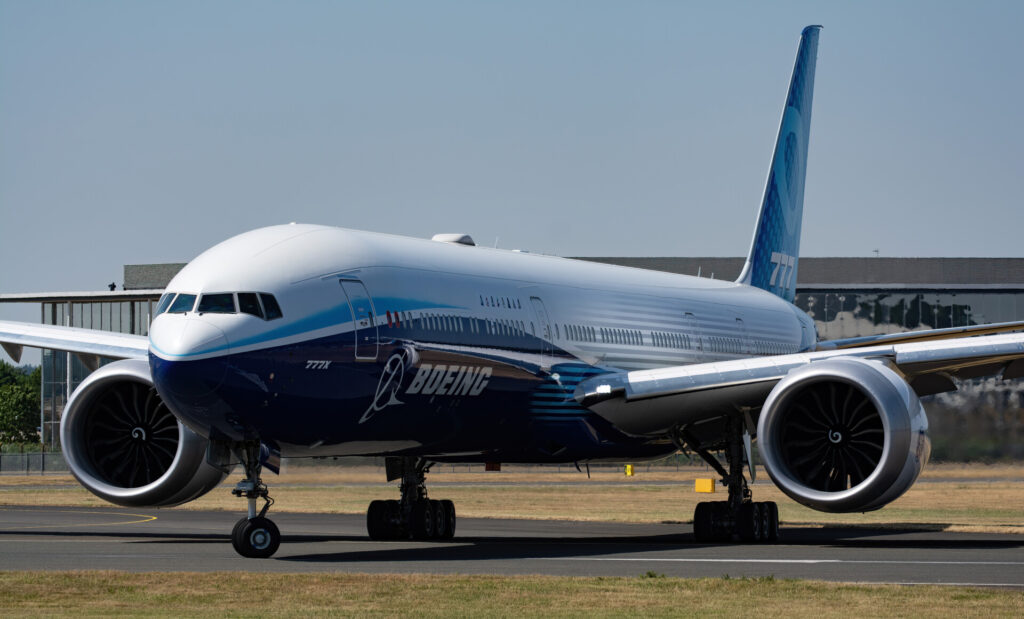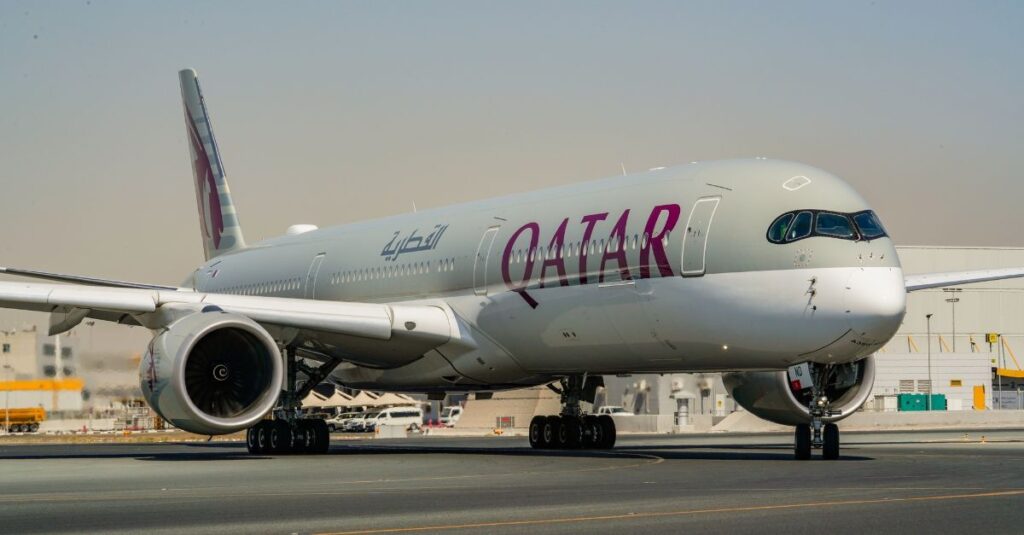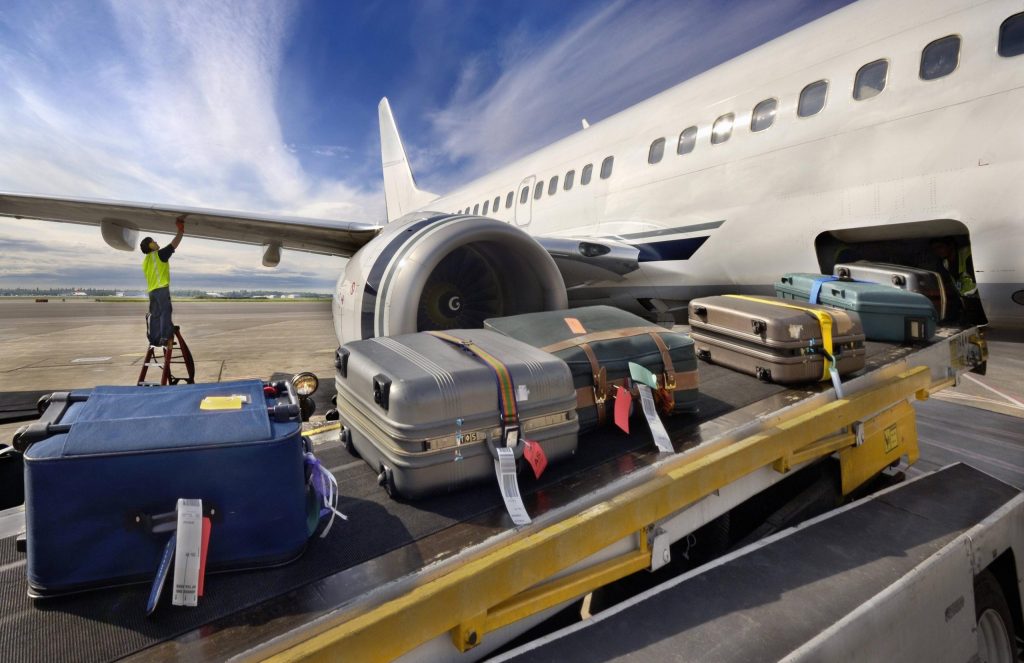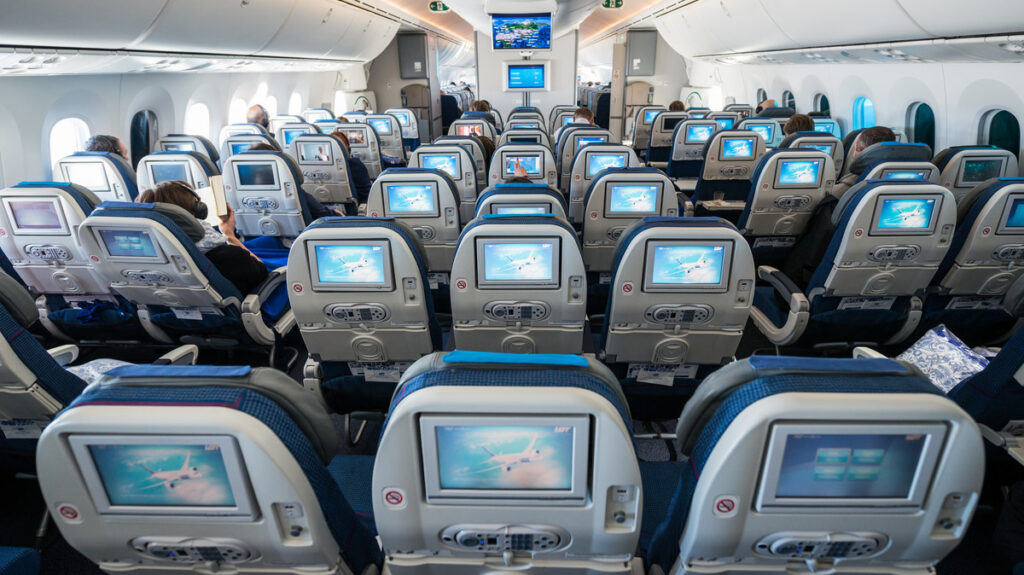Announcements
Em um mundo cada vez mais globalizado, os voos de longa distância tornaram-se uma parte essencial da nossa vida, conectando continentes e encurtando distâncias de maneira inimaginável.
Por trás da experiência de voar para destinos distantes, há uma logística intrincada e avanços tecnológicos que garantem segurança, conforto e eficiência.
Neste artigo, exploraremos uma fascinante jornada de como funcionam os voos de longa distância, desde a escolha das aeronaves até a chegada ao destino final.
Announcements
Aircraft selection
A seleção de aeronaves para voos de longa distância é uma etapa crucial que define a eficiência operacional. O conforto dos passageiros e a capacidade das companhias aéreas em atender às demandas globais.
Modelos de aeronaves são específicos com diferentes características específicas para enfrentar os desafios exclusivos apresentados para voos de longa distância.
Announcements

Fuel efficiency is one of the main criteria when choosing aircraft for long-haul flights. Airlines look for models that offer maximum range with minimum fuel consumption. The Boeing 777x, for example, is known for its energy efficiency, with optimized engines and aerodynamic design to maximize fuel economy.
Another crucial aspect is the aircraft's ability to cover long distances without the need for frequent stopovers. The Airbus A350 is a notable example, with its composite material structure that not only reduces weight; but has also improved resistance and aerodynamic efficiency, allowing intercontinental flights to be made more directly.

In addition, airlines share the passenger experience when choosing aircraft for long-haul flights. The Boeing 787 Dreamliner, for example, offers features such as a quieter cabin; overhead lighting to minimize the impact of jet lag and larger windows that allow a wider view; contributing to a more comfortable experience.
Safety is also a priority when selecting aircraft for long-haul flights. Modern models incorporate technological advances such as satellite navigation systems, advanced communication systems and state-of-the-art avionics, guaranteeing special levels of operational safety.
Maintenance characteristics and operating costs are also taken into account. Airlines look for aircraft that not only deliver superior performance, but are also economically viable in the long term. Efficient maintenance and the availability of spare parts play a significant role in aircraft selection.
Flight Logistics
Long-haul flight logistics is an intricate dance involving a carefully choreographed set of operations from the preparation of the aircraft to landing at the final destination. These logistics are designed to ensure that transcontinental and intercontinental flights run smoothly; efficiently and, above all, safely.

- The first point to consider in flight logistics is fueling the aircraft. Careful fuel planning is essential to cover the planned distance, taking into account factors such as prevailing winds; weather conditions and optimized routes. With modern forecasting and monitoring technologies, airlines are able to accurately calculate the amount of fuel needed to ensure safe and efficient operation.
- Crew scheduling is another crucial element in the logistics of long-haul flights. Considering the time zones crossed during the flight, airlines must ensure that crews are rested and in compliance with flight and rest time regulations. This not only maintains operational safety; it also contributes to the well-being of crew members by avoiding the phenomenon of jet lag.
- Passenger and cargo management is also part of flight logistics. Airlines need to coordinate efficient boarding and disembarking; ensuring that the aircraft is loaded properly to maintain balance and stability. In addition, cargo transportation on long-haul flights requires detailed planning to ensure the timely delivery of goods.
- Communication is a central part of flight logistics. Pilots, air traffic controllers; ground crews and other professionals must maintain efficient communication to ensure flight safety and efficiency. This involves the use of advanced communication systems such as radio, satellites and modern navigation technologies.
In addition, flight logistics incorporates contingency plans. Airlines anticipate potential challenges, such as sudden changes in weather conditions, technical problems or medical emergencies. Well-designed contingency plans ensure that the crew is prepared to deal with unforeseen situations; maintaining safety and minimizing possible impacts on the schedule.
Onboard Experience
The in-flight experience on long-haul flights transcends mere travel between destinations; it is a symphony of comfort, entertainment and service that seeks to make the journey as memorable as the final destination. From take-off to landing, airlines strive to provide passengers with an experience that not only exceeds expectations, but also makes the flight a meaningful part of the journey.
One of the crucial aspects of the on-board experience is the cabin design. The layout of the seats, the space between seats and the configuration of the aircraft are carefully planned to optimize passenger comfort. Modern aircraft models, such as the Boeing 787 Dreamliner and Airbus A350, are designed to offer a quieter cabin, with pressurization adjusted to reduce fatigue and larger windows that provide breathtaking views.

Technology plays a crucial role in the on-board experience. State-of-the-art entertainment systems offer a wide range of options, from movies and music to interactive games. Individual screens and Wi-Fi connectivity allow passengers to personalize their experience, turning flight time into an opportunity to relax or stay productive.
Gastronomy is another essential aspect of the in-flight experience. Airlines invest in culinary options that go beyond traditional airplane meals, offering elaborate menus that reflect the cultural diversity of the destinations served. Special diets and dietary restrictions are taken into account, ensuring that all passengers enjoy a pleasant dining experience.
The ergonomics of the seats are a key consideration. Modern models are designed to offer lumbar support, adequate recline and enough space for passengers to stretch their legs. High-quality cushions and blankets are often provided to ensure additional comfort during the journey.
Cabin lighting is adjusted to help minimize jet lag. With lighting systems that simulate different phases of the day, passengers can adjust their circadian rhythms, making it easier to adapt to different time zones. This contributes to a smoother transition when arriving at the final destination.
In addition, airlines are constantly innovating to improve the in-flight experience. From luxurious amenities, such as high-quality personal care kits, to designated spaces for stretching and relaxing, the options are diverse and seek to meet the varied needs and preferences of passengers.
Efficiency and sustainability
Efficiency and sustainability are fundamental pillars in the evolution of modern aviation, especially when it comes to long-haul flights. With growing environmental awareness and the need to reduce the carbon footprint, airlines and aircraft manufacturers are focusing on innovations that promote both operational efficiency and environmental responsibility.
In terms of efficiency, modern aircraft are designed to optimize fuel consumption. Advanced aerodynamics, efficient engines and lighter materials contribute to reducing fuel consumption per passenger, making long-haul flights more economical and environmentally friendly.
The quest for sustainability goes beyond fuel efficiency. Airlines are actively exploring more sustainable alternatives, such as aviation biofuels. These are produced from renewable sources, such as biomass, and have the potential to significantly reduce carbon emissions compared to traditional fossil fuels.
Hybrid and electric technology
However, research is being carried out into hybrid and electric technologies for aviation. Although still in the early stages, the possibility of electric aircraft for short to medium-haul flights is already being explored. These technologies not only reduce emissions, but also reduce dependence on fossil fuels.
Air Traffic
The modern air traffic management systems also contribute to operational efficiency. More direct routes and optimized use of airspace help reduce flight time, save fuel and minimize emissions.
In addition, new-generation aircraft incorporate cutting-edge technologies such as winglets and energy recovery systems, which further improve aerodynamic efficiency. Ongoing research into lighter and stronger materials also contributes to reducing the weight of aircraft, increasing their efficiency.
Finally.
Long-haul flights represent a remarkable achievement in modern aeronautical engineering and logistics. From the choice of aircraft to the on-board experience, every aspect is carefully planned to provide a safe, efficient and comfortable journey. As we explore the skies in search of new horizons, we can admire not only the vastness of the world, but also the complexity and sophistication behind long-haul flights.

